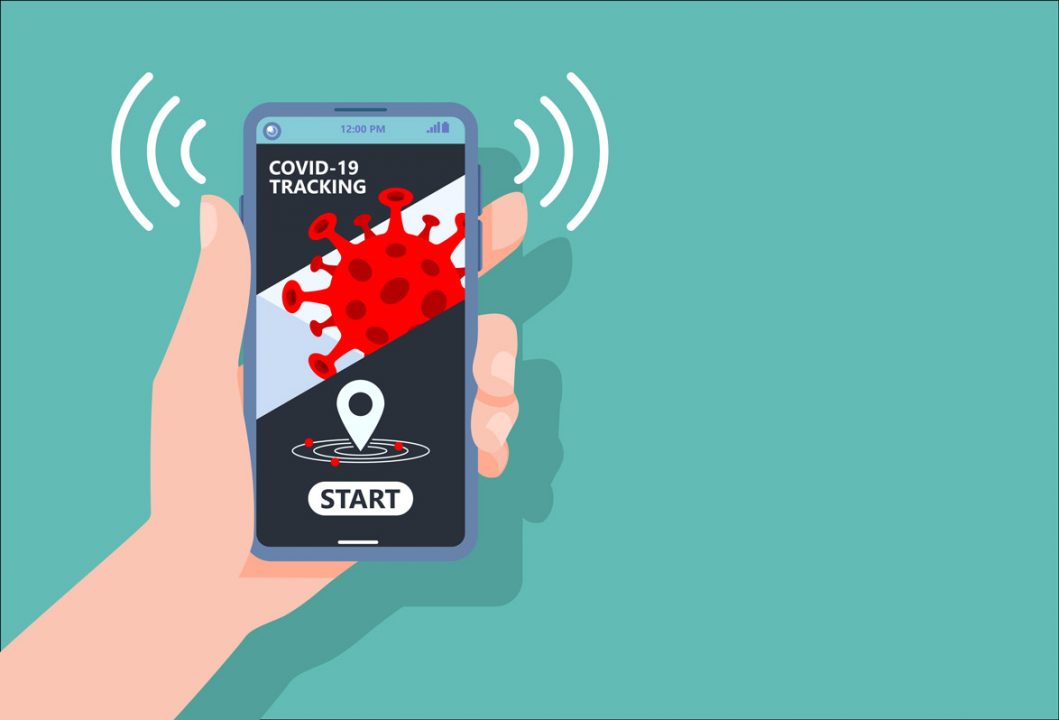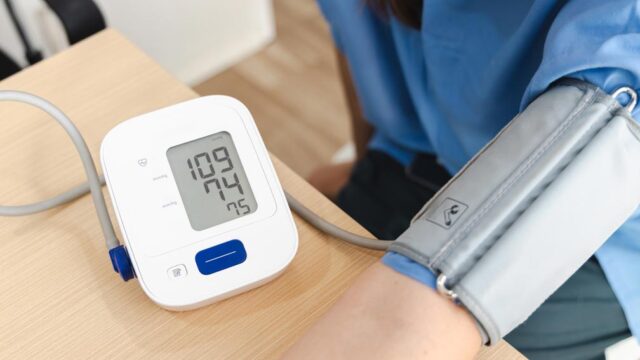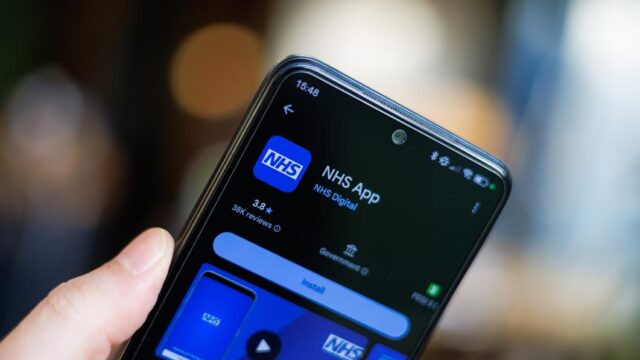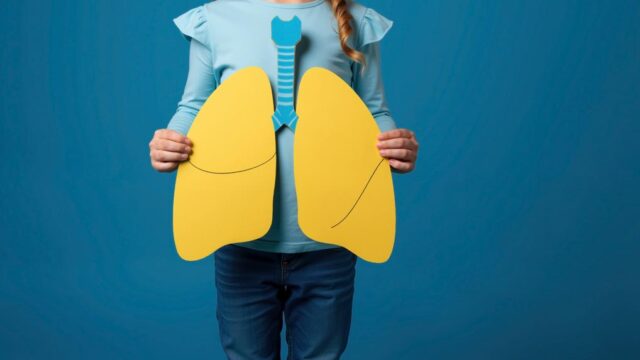Advertisment
Mason College of Public Health researchers reveal how digital contact tracing applications can be utilized now that the pandemic is over

During the pandemic, contact tracing apps kept Americans informed of potential exposure risk with the goal of reducing infections. But did apps like this help reduce the spread of COVID and how might we improve these apps for use in future outbreaks?
Contact tracing is a pivotal part of pandemic preparedness. Evidence-based research on best practices for contact tracing is important because when employed inefficiently contact tracing drains resources. Used effectively, contact tracing slows the spread of disease and saves lives. In the past, contact tracing was done through health departments contacting people, but the rapid spread of COVID-19 led to deployment of digital contact tracing applications to manage high infection rates and notify people automatically.
In a new study, researchers at Mason’s College of Public Health, Kevin Cevasco, a PhD in Public Health student concentrating in epidemiology, and his advisor and Professor of Public Health Amira Roess, found that digital contact tracing applications during the COVID-19 pandemic were not used to their full potential due to lack of adoption among larger populations.
“Contract tracing apps are important because they notify us that we if were near an infected person and we take action to protect ourselves and others. However, they were not adopted by enough of the population to be effective. This research helps reveal why that is, which will help understand how we can use them to their fullest potential in the future,” said Cevasco.
With the COVID-19’s declaration as a National Public Health Emergency ending on May 11, the Virginia Department of Health (VDH) stated DCTs will also be retired.
“The end of the emergency declaration is a natural point in time for a contact tracing app program evaluation, but there is no U.S. regulatory authority tasked to evaluate if these apps were safe and beneficial,” said Cevasco. “Our findings can still be used to improve the design and deployment of crowd-sourced public health applications that rely on voluntary broad uptake.”
Digital contact tracing apps, or DCTs, use technologies like Bluetooth to alert users when they are at risk for potential disease exposure. The goal of DCTs was to assist with the shortage of health department workers who did manual contract tracing. Now that the apps are being retired, public health researchers are exploring their effectiveness and what findings may mean for future pandemic preparedness. The study concluded such apps were ineffective in their goal because they required the ability to connect to nearby phones, which was made impossible given such low adoption.
Barriers to adoption included privacy concerns, lack of interest, detection accuracy, and distrust of perceived government surveillance.
“We found that only a small percentage of the population used contact tracing apps,” said Cevasco. “These apps can only work if significantly more people across the entire country to use them.”
Safe use of DCT apps after adoption is a concern. Among those few people who did use contact tracing apps many reported that they frequently visited friends and family members, did not wear masks, did not have health insurance, were lonely during the pandemic, and thought they have/had the coronavirus. The high volume of social visits warrants further investigation, and this insight could help improve design of future interventions
“Contact tracing apps might be useful as part of pandemic response in more targeted populations such as within a company, on a university campus, or between health system workers and clients,” Cevasco said.
At present, no regulatory governmental agency exists to regulate the safe and efficient use of DCTs and Cevasco’s research provides a method for post-pandemic app evaluation. In the U.S. few Americans used contact tracing apps, despite the significant funds that leaders put towards it, this highlights that policy is often not evidence based.
Adaptation and Utilization of a Postmarket Evaluation Model for Digital Contact Tracing Mobile Health Tools in the United States: Observational Cross-sectional Study was published in Public Health Surveillance in March 2023.
This research was funded by the Institute for BioHealth Innovation at George Mason University and the TD Charitable Foundation.









